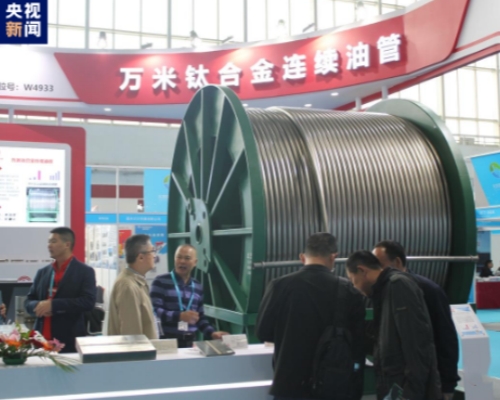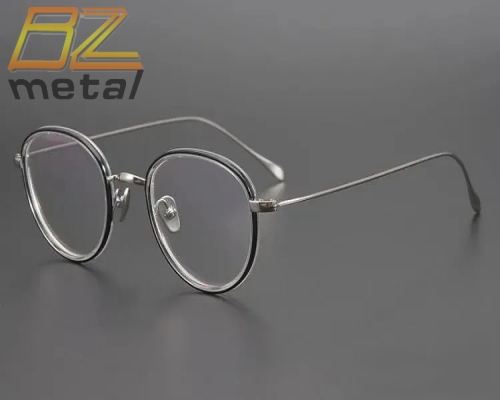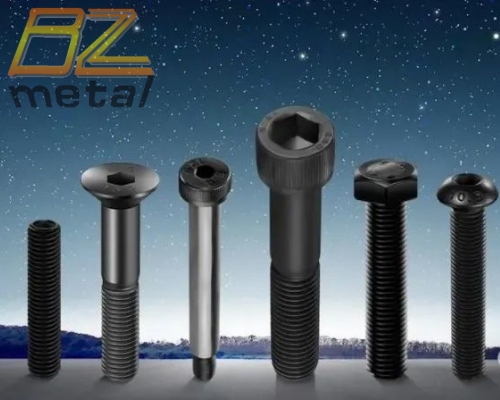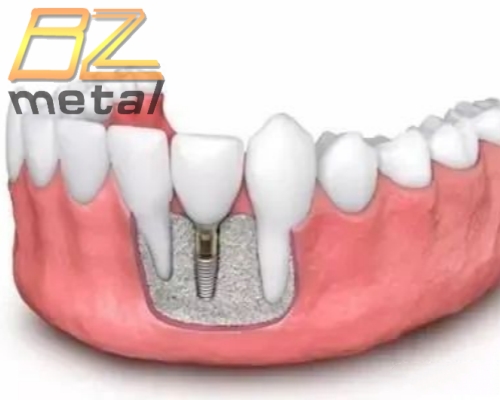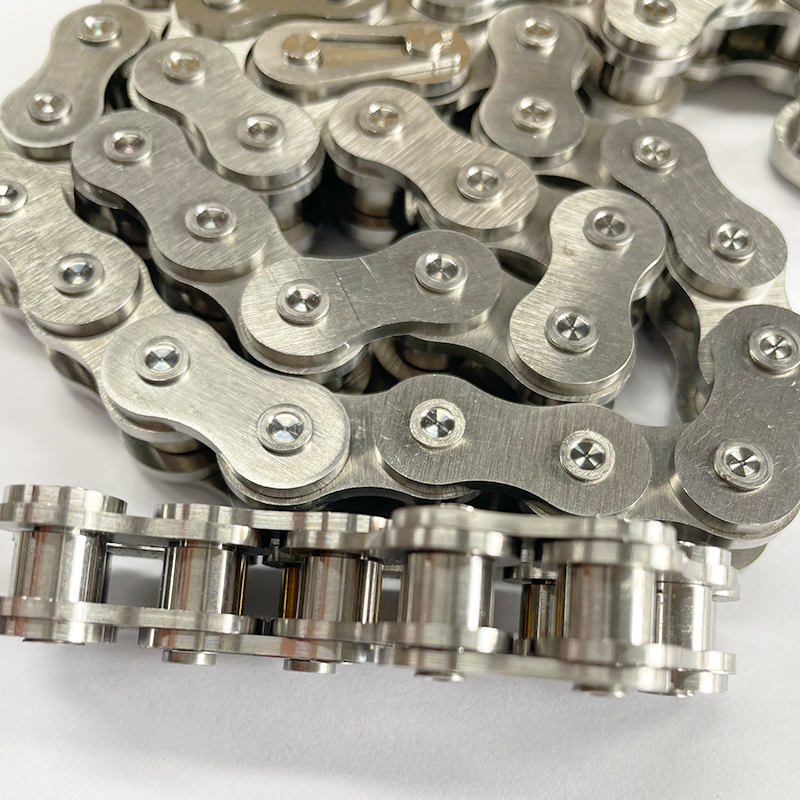Military Titanium Alloy Ushered In The Tuyere!
Military Titanium Alloy Ushered In The Tuyere!
4. Titanium Processing Technology is Difficult
High-End titanium materials use vacuum self-consuming arc melting technology(VAR). Vacuum self-consuming arc smelting technology is in a vacuum or inert gas environment, the self-consuming electrode produced by the induction furnace is heated and smelted through a controllable AC arc.
The technology has very strict requirements for the heat source, and uneven melt temperature will cause problems such as ingot composition, uneven tissue, and prone to solidification defects, affecting the performance of the product. For high-end titanium alloy materials, it generally needs to go through three VAR smelting to obtain ingots with uniform composition and low defect rate.
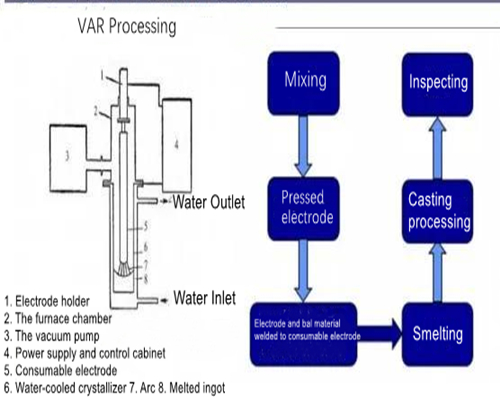
Titanium alloy cutting process is also more difficult, there are adverse effects such as small deformation coefficient, high cutting temperature, serious cold and hard phenomenon, and easy wear and tear of the tool. At present, only four countries in the world, the United States, Russia, Japan and China, master complete titanium industry production technology.
5. Supply Side: Low-End Excess, High-End Supply Is In Short Supply
There are more than 160 titanium processing production enterprises in China, with a small number of enterprises with good independent research and development capabilities, high product technology content and excellent brand characteristics. Although there is an oversupply of titanium alloys in China in 2020, due to the fact that most enterprises are concentrated in the low-end civilian areas, there is serious homogenization competition, overcapacity in the low-end market, and the demand for high-end titanium products is difficult to be self-sufficient, partly relying on imports.
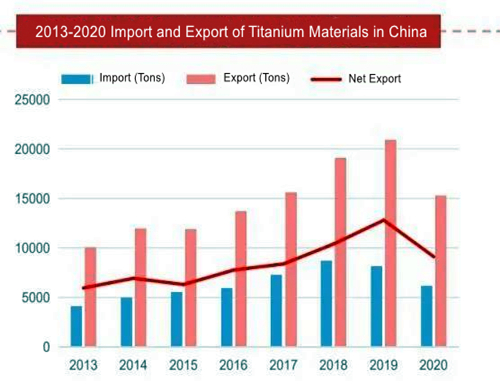
From the volume point of view, from 2013 to 2020, the production and sales of titanium processing materials in China continued to rise. Production increased from 44,453 tons to 97,029 tons, and production capacity increased significantly. The sales volume increased from 41,269 tons to 93,596 tons,and the market demand increased significantly. Chemical and other civil low-end titanium materials have had overcapacity since 2013, and low-end titanium materials have continued to be exported to the outside world. In 2020, China's titanium processing material production reached 970,300 tons, and the net export volume reached 9,107 tons. Due to the structural excess of titanium production capacity, domestic high-end titanium production capacity is still unable to meet market demand, relying on foreign imports.
6. Consumer Side: China's Aviation Titanium Accounted For Only 18%, And There Was A Large Room for Improvement
From the global market point of view, titanium consumption is mainly concentrated in Asia, Europe and North America (accounting for more than 90%). 46% of the global titanium is used in the aerospace field, and 43% of the titanium consumption is used in the industrial field. In the Chinese market, only 18% of titanium is used in the aerospace field, and 51% of titanium is used in the chemical field.
Therefore, there is still a lot of room for development of titanium for domestic aviation. The sustainable development of the downstream aviation industry will drive the scale of the high-end titanium market to further expand.
Titanium alloy material has the characteristics of high specific strength, good high temperature resistance, meeting the requirements of matching the composite material structure, high corrosion resistance, long life, etc., mainly used in aircraft landing gear components, fuselage beams, frames and fasteners, engine fans, compressors, blades, drums, casings, shafts, etc., as well as helicopter hubs, connectors, etc. High-end titanium alloy materials have become one of the main structural materials for aircraft and engines in the aviation field.
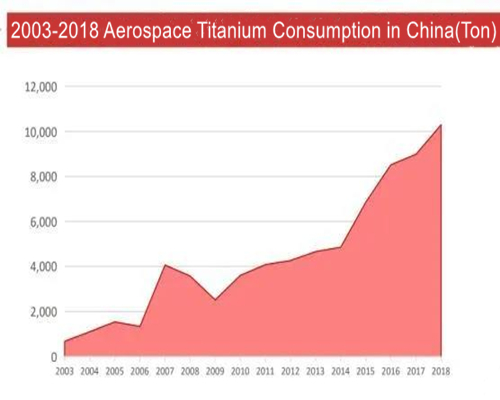
According to the statistics of China Nonferrous Metals Industry Association, the sales volume of domestic aerospace titanium increased from 6,862 tons to 17,200 tons from 2015 to 2020, with a compound annual growth rate of 20%, maintaining rapid growth.
It is expected that the compound growth rate over the next five years is expected to remain at the level of the 13th Five-Year Plan, and the single-year consumption of titanium for aerospace in China will exceed 40,000 tons by 2025.
7. Future Increments
In the future, the increase is mainly in three aspects: the increase in the amount of military aircraft, the use of stand-alone aircraft, and the increase in the amount and use of civil aircraft.
At present, the production yield of titanium alloy parts is 30%,and taking into account the needs of aircraft maintenance and the needs generated in R & D tests, it is estimated that the demand for titanium in the domestic military aviation market in 20 years will be about 2,800 tons.
The titanium content of a new generation of military aircraft in the world's advanced countries is constantly increasing, such as the US military F/A-22 titanium content of 41%. The titanium content of China's new generation of military aircraft, the J-20 and the Yun-20, also reached 25% and 10%, respectively. (At present, the proportion of titanium alloy in the second generation of machines is about 2.0 - 4.0%, and as the third and a half and fourth generation of machines that focus on the volume of models during the 14th Five-Year Plan period, the proportion of titanium alloy will be increased to 15% -25%).
It is expected that the average annual amount of titanium alloy used in military aircraft structures will be 4,900 tons in 2020-2024, and it will be increased to 6,580 tons in 2025-2030. Assuming that the loss rate is 70%, the average annual demand for titanium is 22,000 tons.
At present, the order volume of C919 has exceeded 1,000. It is expected that by 2025, the total order volume of C919 will exceed 2,000. According to COMAC data, the titanium alloy in the C919 body will account for 9.30%, the stand-alone titanium content is about 3.92 tons (the fuselage does not contain the engine), and the order volume of 2,000 can correspond to the titanium content of 7,840 tons of the fuselage. Assuming that the loss rate is 80%, the C919 will bring about 40,000 tons of high-end titanium alloy demand (without the engine), which will become the demand for titanium alloy. An important engine of high prosperity in the field of alloy manufacturing. At present, titanium is mainly imported,and localization will be the general trend in the future, which will bring long-term incremental market to domestic titanium alloy companies.

